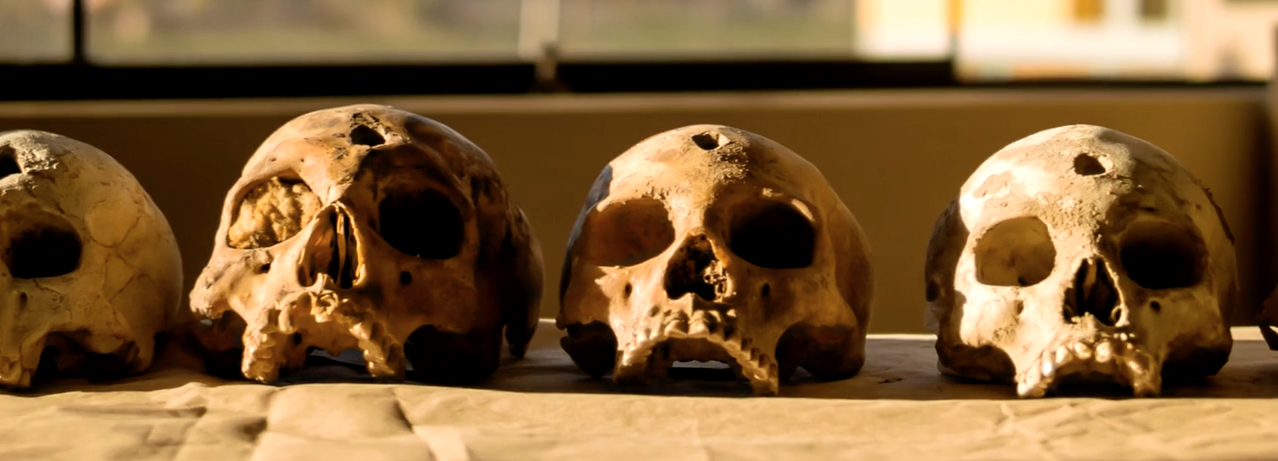LatinaLista —
Campaign: Ancestors or Enemies? Using Strontium Isotopes to Identify Trophy Skulls from Peru
Trophy skulls of beheaded individuals are not uncommon at cemeteries dating to the turbulent Wari era in the Andes. In Arequipa, Peru, it is unclear whether Wari practices, like taking trophies from foreign enemies, dominated, or Nazca practices, like taking trophies from revered ancestors, persisted. Sr isotope analysis will allow scientists to test whether 11 skulls from the cemetery of Uraca were foreigners (showing foreign Sr signatures) or locals (showing local signatures) to identify the victims.
The spread of the Wari Empire changed religion, art, and lifeways throughout the Peruvian Andes. At Uraca, a community influenced by Nazca and Wari cultures, 2014 excavations produced 11 human trophy heads.
They were prepared by different methods, but all showed cut marks where muscle, bone, and tissue were removed. These beheaded individuals were adult males who received cranial injuries prior to death.
Uraca adults have one of the highest rates of cranial trauma documented so far in the region (70% of adults received one or more head wound), so scientists suspect these trophy heads belonged to war enemies from other tribes. Sr isotope analysis will help determine whether the heads were from foreigners or locals, which will help scientists understand the social contexts of trophy-taking at Uraca.
What is the significance of this project?
The Uraca community was influenced by the coastal Nazca and highland Wari cultures, which overlapped temporally by about 200 years.
Scientists found artifacts made in local, Nazca, and Wari styles during their excavation, and all 3 cultures practiced trophy-taking. Prior studies show that trophy heads from the Wari capital belonged to foreigners while those from Nazca were from individuals who lived in the Nazca area (although they may be from neighboring enemy tribes).
Archeologists will determine whether Uraca's trophy-taking practices were more similar to Nazca or Wari, and whether the skulls belonged to foreign enemies or ancestors. Understanding if these men were local or foreign will the science community understand whether Wari practices dominated, or Nazca practices persisted at Uraca during this transitional period.
What are the goals of this project?
Scientists have already analyzed violence-related trauma, disease, and dental health in the lab. Radiocarbon dating is pending, which will help them determine whether use during different times explains the different trophy head preparation methods they observed.
Scientists have exported 235 samples of human enamel and bone from 66 individuals. Eventually, carbon and nitrogen isotope analysis of trophy and non-trophy head individuals sampled will help researchers understand if the diets of beheaded individuals were different from the rest of the sample.
Sr analysis of the trophy heads is the first step, since it will show whether foreigners were buried at Uraca. Knowing whether Uraca was connected to other regions through travel, trade, or war, will inform the scientific community's interpretation of the site and determine future analyses.
The campaign's goal is $1,500.
To better understand the prolific nature of the practice, the campaign's researchers created online the Trophy Heads of Peru Tour.



